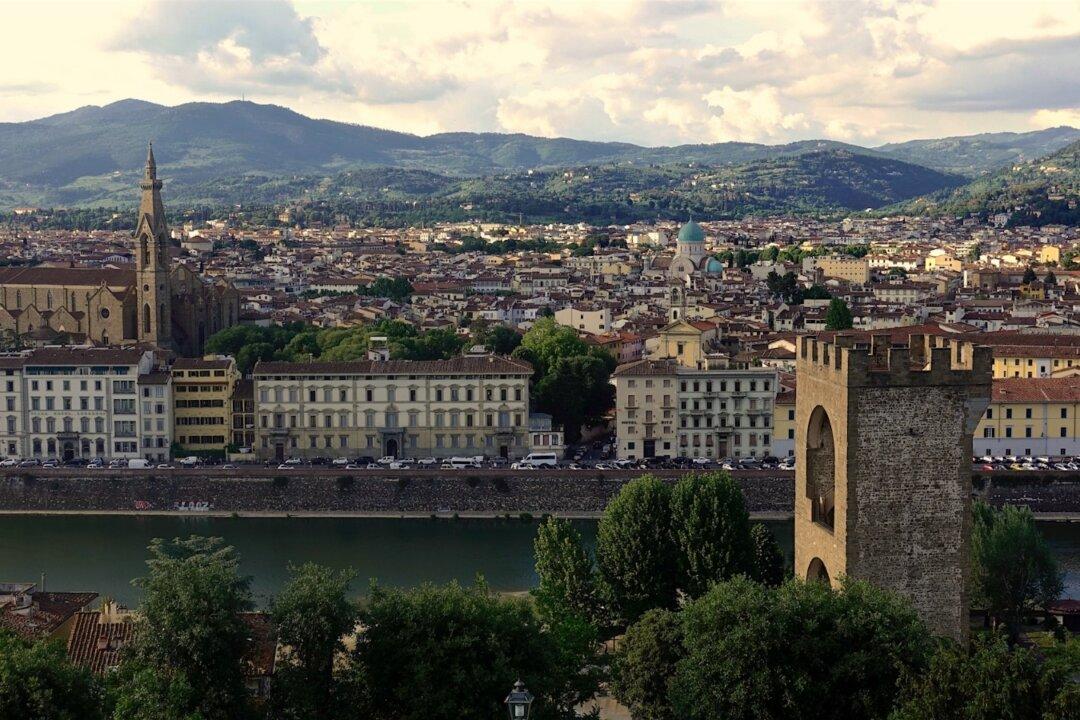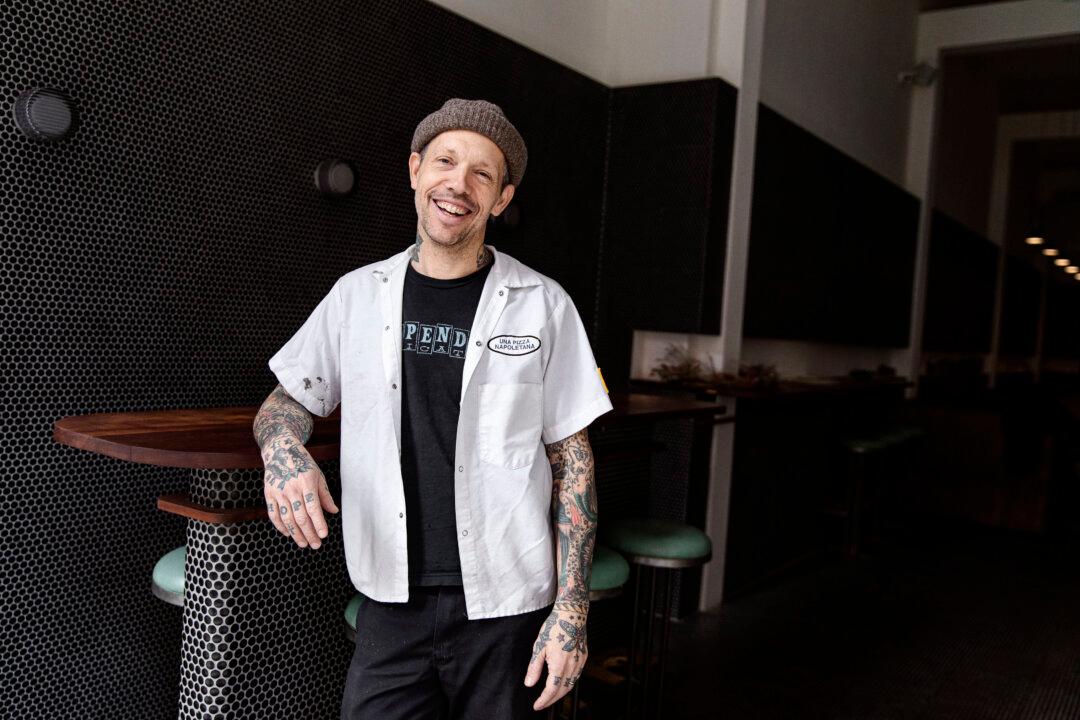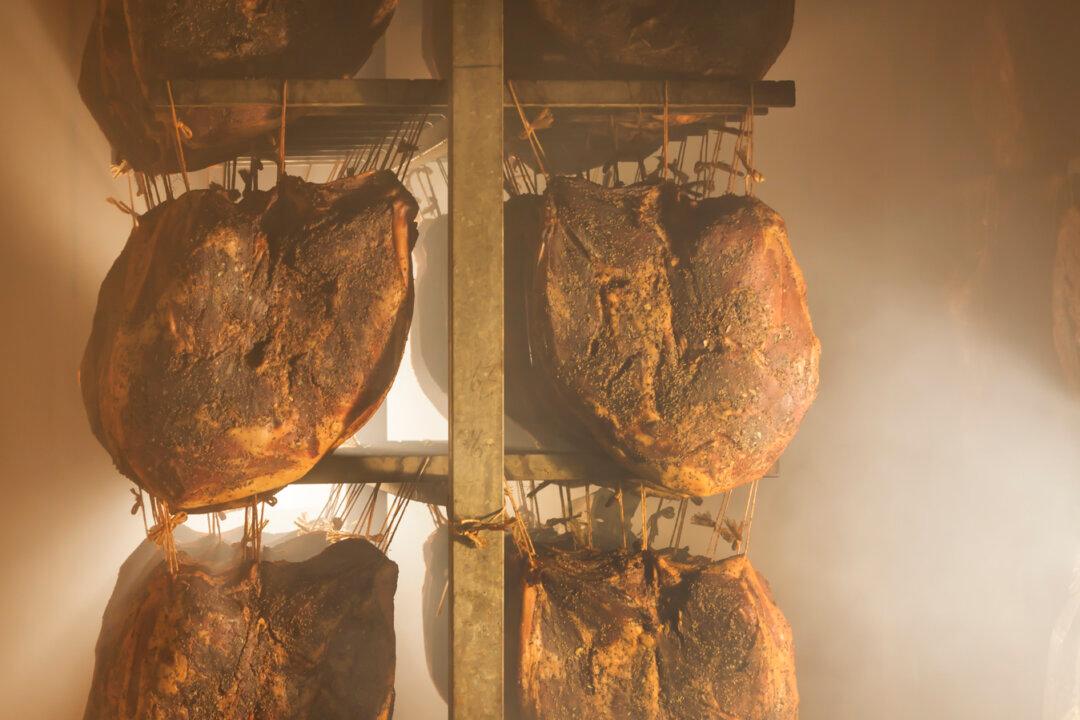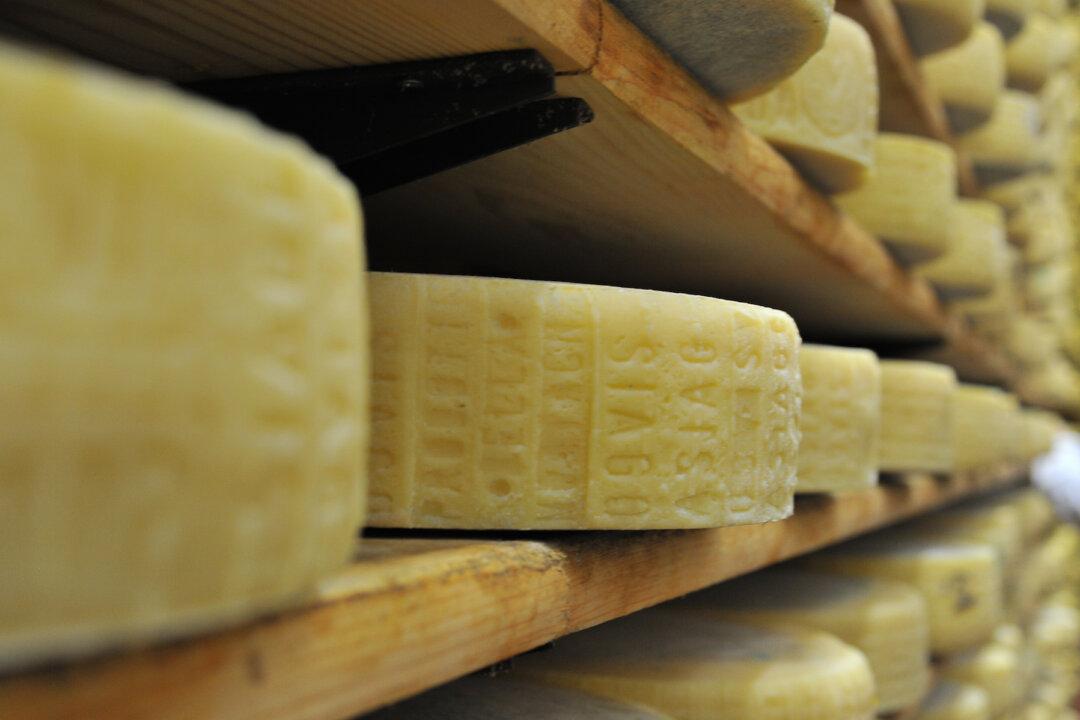My love affair with Florence began 22 years ago, before I’d ever set foot there. I was a journalism student at NYU, and in that pre-Instagram, pre-Facebook, early-internet era, the slides projected onto the screen during my Renaissance art class and the photos in my textbook were my first visual exposure to the storied city.
Those often grainy but still dramatic images, coupled with my professor’s vivid descriptions of architectural marvels and artistic masterpieces such as Brunelleschi’s massive dome atop the cathedral and Ghiberti’s gilded bronze “Gates of Paradise” on the baptistery, sparked a fascination with Firenze that intensified as I learned more about the people and stories behind them. Family rivalries, political turbulence, fiery egos, fierce competitions—Renaissance Florence was a cradle of drama and intrigue, not just art and culture, I discovered.





